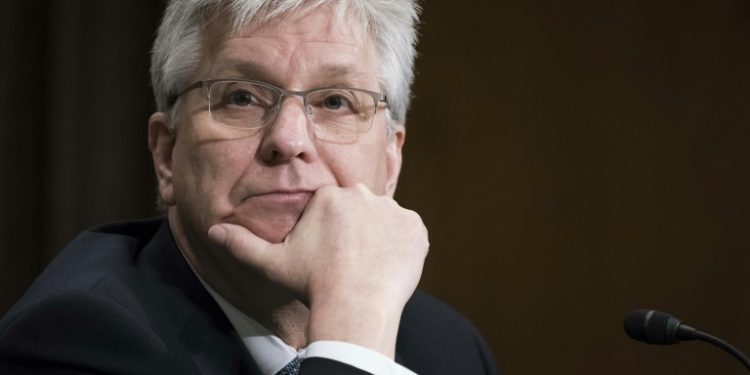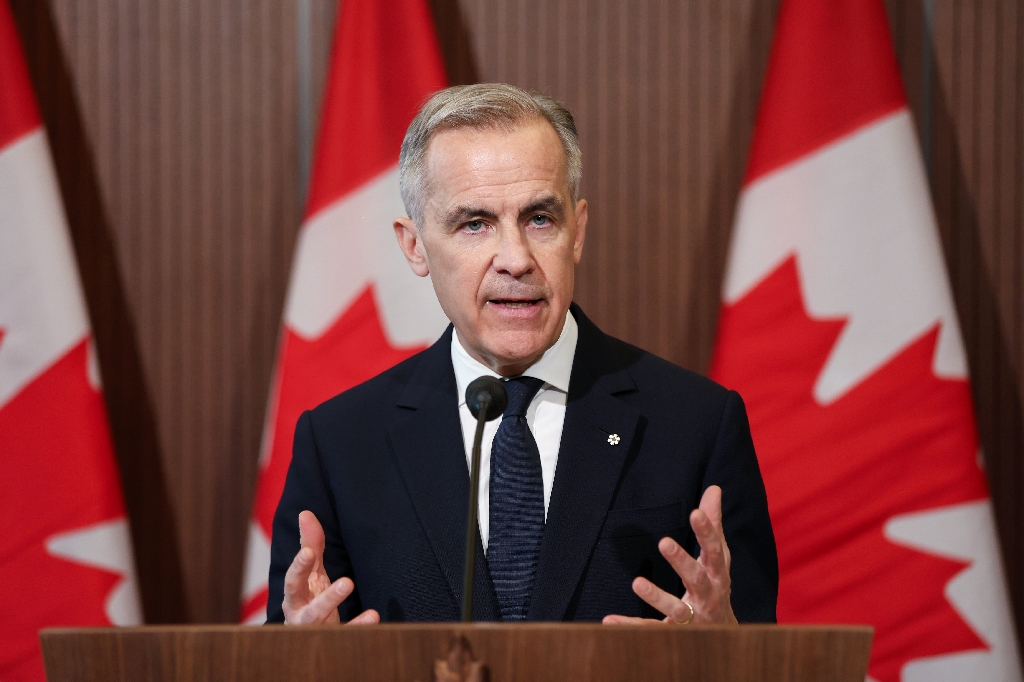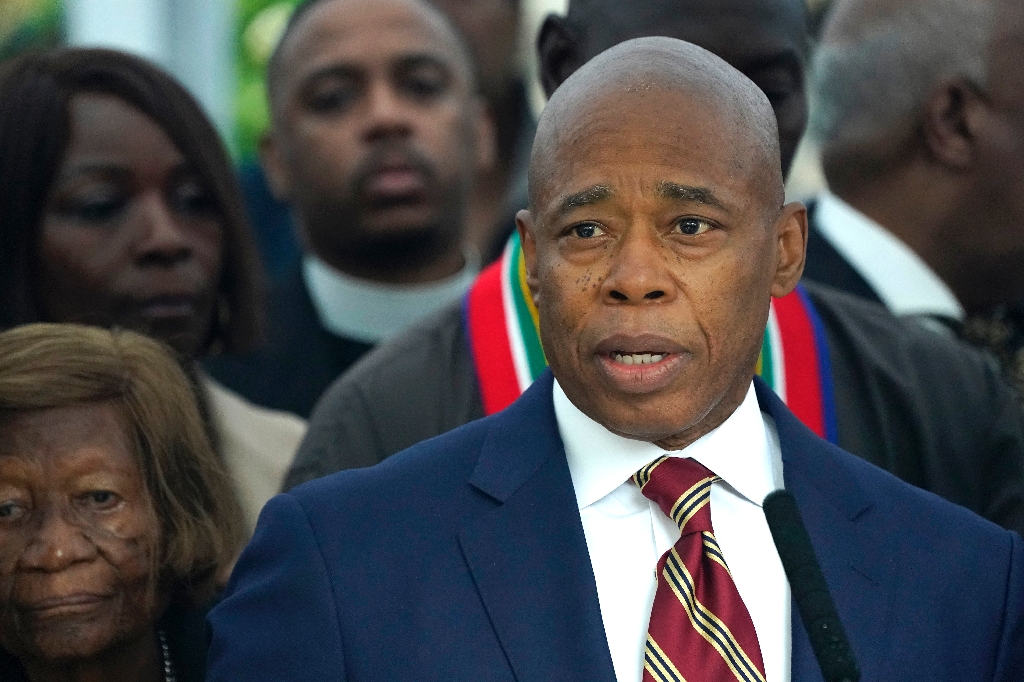Washington (AFP) – Three Federal Reserve officials called for patience on interest rate cuts Thursday, with one of them suggesting they wanted to see “at least another couple more months of inflation data” before deciding when to start lowering rates.
“I still expect it will be appropriate sometime this year to begin easing monetary policy, but the start of policy easing and number of rate cuts will depend on the incoming data,” Fed Governor Christopher Waller told a conference in Minneapolis on Thursday in prepared remarks.
After lifting interest rates to a 23-year high to tackle runaway inflation, the US central bank has in recent months been considering when is the appropriate time to start easing monetary policy. That’s because inflation has fallen sharply from multi-decade highs, although it remains stuck above the Fed’s long-term target of two percent.
A January uptick in consumer inflation has reignited fears that the battle against inflation is not over yet, and that the road down to two percent could be long and winding. “I am going to need to see at least another couple more months of inflation data before I can judge whether January was a speed bump or a pothole,” Waller told the event in Minneapolis.
He said the Fed’s rate-setting committee can afford to “wait a little longer to ease monetary policy,” given the recent rise in inflation, and the continued strength of the US economy and the labor market. “I would like to have greater confidence that inflation is converging to two percent before beginning to cut the policy rate,” he added.
Unlike some central banks, the Fed has a dual mandate to tackle both inflation and unemployment, and it pays close attention to what is happening in the labor market. – Concern over excess consumption –
In December, the Fed penciled in three rate cuts in 2024 — causing great excitement in the financial markets, which swiftly priced in a first cut in March. But following recent Fed speeches, and the January inflation surprise, the financial markets have been dialing back their expectations.
Futures traders have assigned a probability of just over 65 percent that the Fed will start cutting interest rates by June 12, according to data from CME Group.
Earlier Thursday, Fed vice chair Philip Jefferson indicated rate cuts were still on the table for 2024 — just not yet. “If the economy evolves broadly as expected, it will likely be appropriate to begin dialing back our policy restraint later this year,” he told an event at the Peterson Institute of International Economics in Washington.
Jefferson’s colleague on the Fed board, Governor Lisa Cook, also addressed the timing of interest rate cuts during a speech on Thursday. “I am now weighing the possibility of easing policy too soon and letting inflation stay persistently high versus easing policy too late and causing unnecessary harm to the economy,” she told a conference in Princeton, New Jersey.
Cook said she would like to have “greater confidence” that inflation was closing in on the Fed’s long-run target of two percent before “beginning to cut the policy rate.”





